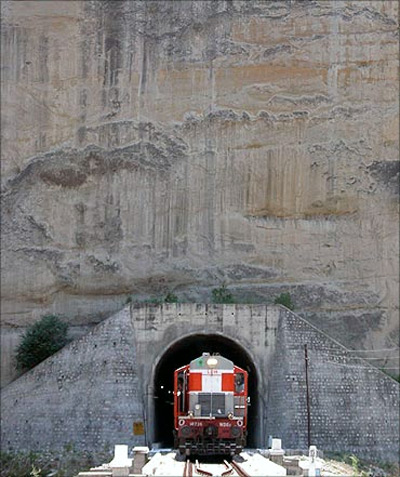
Nine years ago, when Sharanappa Yalal relocated to Kashmir as project manager of the 11-km Pir Panjal rail tunnel, the longest proposed in India, most locals told him it was never going to happen.
Yet after a three-year delay, technical snags and several complications, the Rs 800-crore (project is to be inaugurated by Prime Minister Manmohan Singh on Tuesday.
Besides the one of its kind tunnel, the Rs 1,800-crore 240 Mw Uri hydroelectric project, situated very close to the Line of Control or LoC, is also expected to be declared ready soon.
…
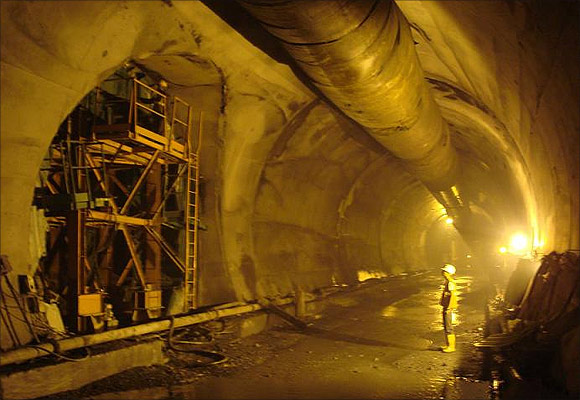
The horseshoe-shaped diversion tunnel, created for generating hydropower, will benefit Uttarakhand, Uttar Pradesh, Haryana, Delhi and Chandigarh. Around 13 per cent of the generation will go to Jammu & Kashmir. Both projects had been given to the HCC Ltd for implementation.
The Pir Panjal tunnel, which runs below the 2.5 km Jawahar tunnel, connects the Bichelri valley of Banihal in Jammu with Qazikund in Kashmir and is to link J&K to the Indian rail network through the year.
It is part of the 345-km Jammu-Udhampur-Srinagar-Baramulla rail line, aimed at connecting Jammu with Baramulla “Earlier due to snowfall, the Jawahar tunnel would have to be closed during the winter months. But the Pir Panjal tunnel is at a lower height and long enough to keep snowfall at bay,” said Yalal.
…
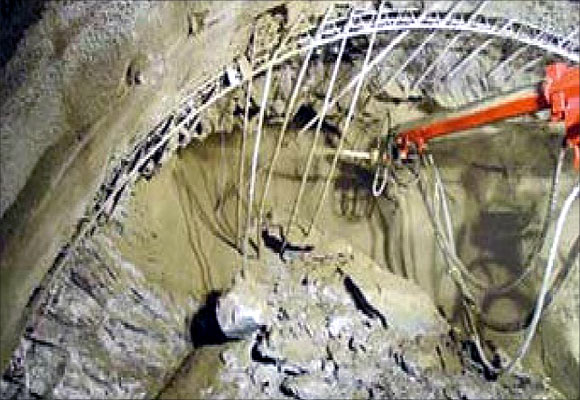
He added the project would be very helpful for army personnel and their cargo's movement.
While both projects are of strategic importance, local business and trade also stand to benefit.
Irtif Lone, a Srinagar-based businessman, said, “Freight rates would come down for raw material if goods are brought on rail instead of trucks. This has been one hurdle to the industrialisation of Kashmir. Besides, it will impact the prices of commodities.”
…

Challenges
Drilling into the capricious rocks was not an easy task for both projects. At various points the technical team encountered problems of seepage and softer topography which made the work difficult. The tunnel project boasts of using technology never used before in India.
The New Australian Tunneling Method was brought in for observing three-dimensional movement of the rocks and avoiding collapses whenever weaker rock was being drilled. The tunnel has also used ballast-less tracks, easier on maintenance.
…
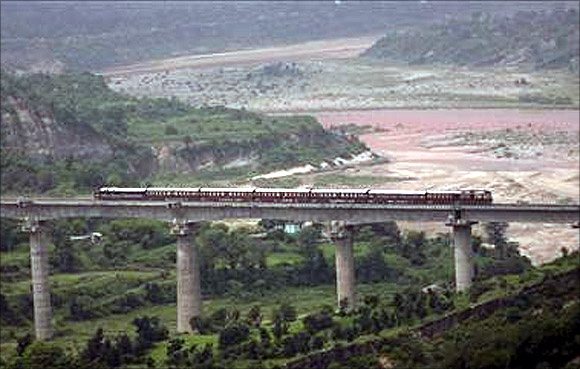
A three-metre wide road runs alongside the track inside the tunnel as a safety measure to keep the tunnel accessible under all circumstances. The walls are lined with a water proofing membrane brought from Italy, keeping the all-weather tunnel dry.
Technical challenges aside, construction or any industrial activity in Kashmir comes with its own set of problems. The hydroelectric project began as an earthquake took a huge toll on lives and property in the valley. Security issues also played a part in slowing the pace.
The proximity of the dam to the LoC meant checks on movement of labour and officers working on the project were stringent. Besides, for days together, all construction work would come to a halt during the various stone pelting incidents during 2010 and after.
…
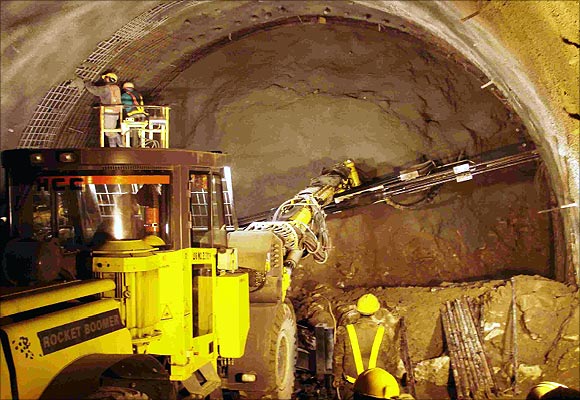
Both projects employed 2,700 labourers together, working in three shifts through the day.
Skilled manpower was in short supply. Retaining them was another problem, since workers would leave the site for other jobs like farming or return to their villages when winter came.
While snowfall during peak winter did not bring construction to a complete halt, it drastically slowed activity.
...
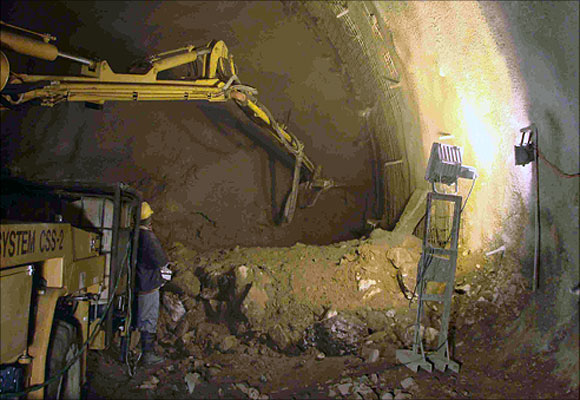
Work also had to be stopped during the Amarnath Yatra. Amid all this, getting the logistics in place and keeping the smooth supply of raw materials was a major challenge.
With several dams now constructed on the Jhelum river, Pakistan has gone for international arbitration, since it reduces the flow of water to them. India has so far maintained its stand that it will adhere to the the minimum level of flow required. A final decision is still to come from the court.
...

There are also reservations among the localites on whether trains from Baramulla to Qazikund will be able to have a smooth run when it snows, outside of the tunnel. There is also scepticism on the power situation.
"I don't think there will be any significant impact on the power situation in the state. For so much that we generate we get so little, since everything goes to the central grid," said Lone.